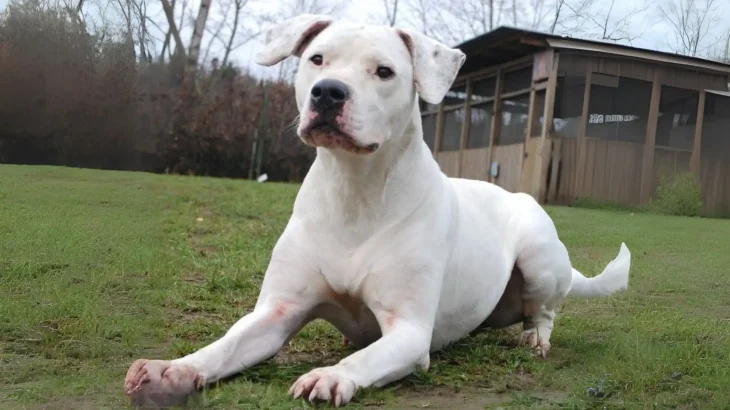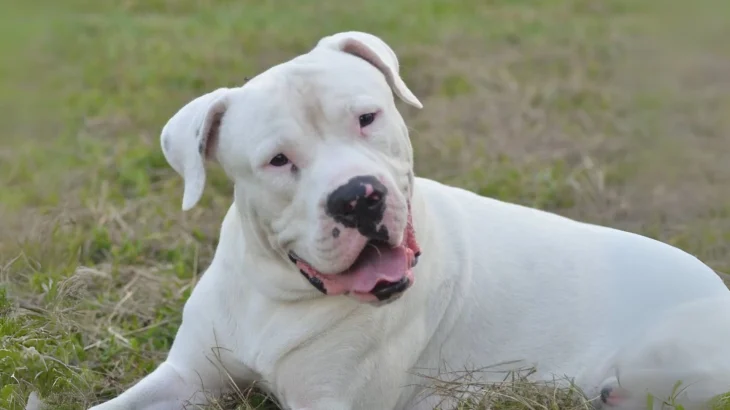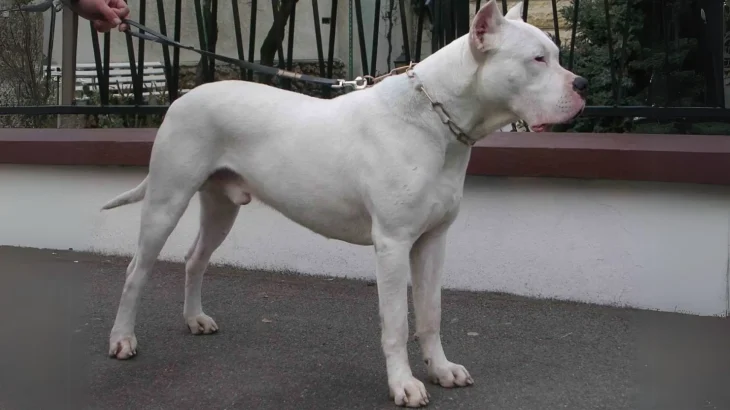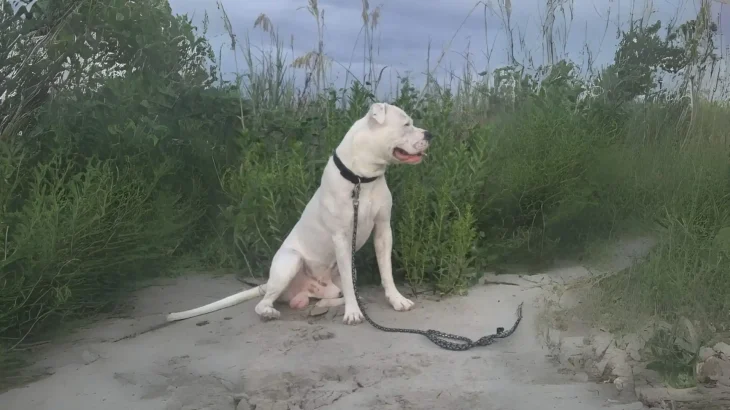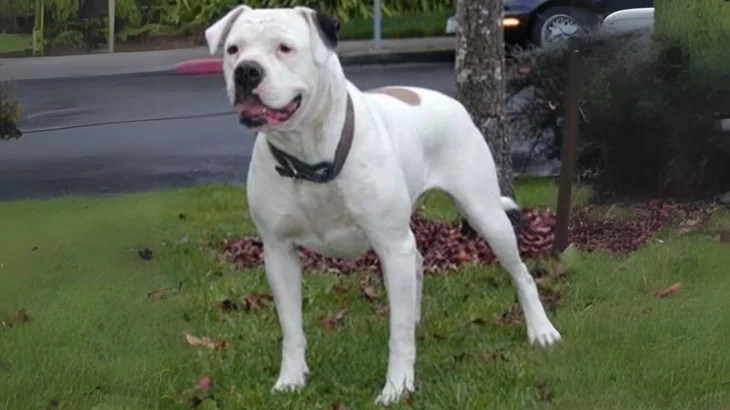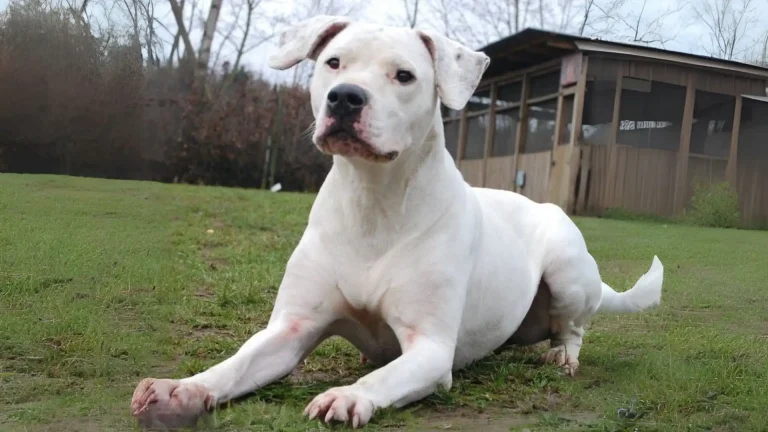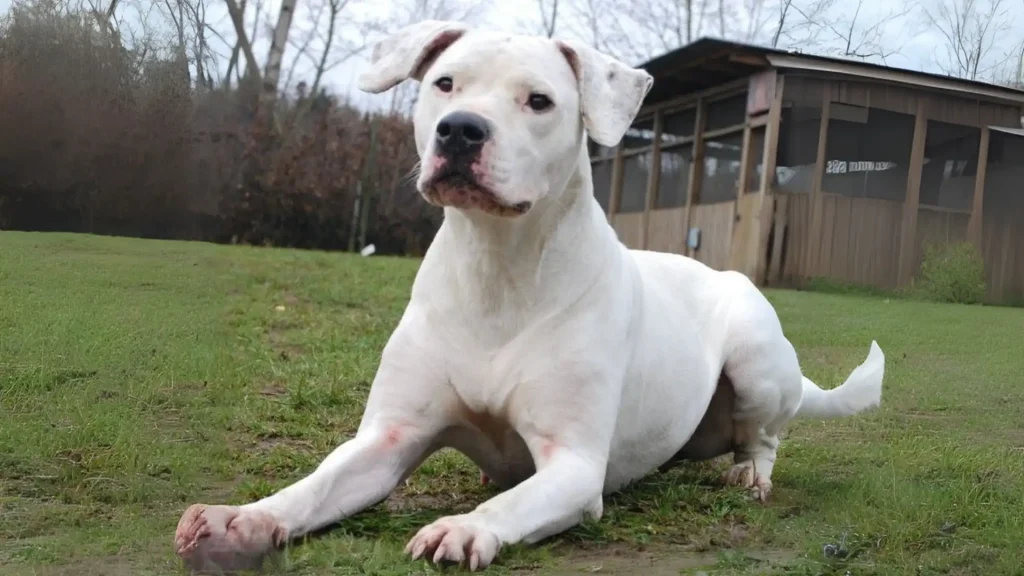When deciding whether to bring a Guatemalan Bull Terrier puppy into your home, you can choose between adopting from a shelter or purchasing from a breeder. Each path offers distinct advantages depending on what you value most, whether it's cost, health transparency, or supporting ethical practices. Understanding these differences can help you make the best choice for your family and your new furry friend.
Adoption vs. Breeder: Pros & Cons
| Criteria | Buying from Breeder | Adopting from Shelter/Rescue |
|---|---|---|
| Cost | Often higher initial cost due to breeding and pedigree costs. | Generally lower fees, designed to encourage giving dogs a second chance. |
| Health History | Usually detailed health records and genetic screening available. | Health history may be limited or unknown, though basic veterinary checks are done. |
| Age Availability | Predominantly puppies, allowing you to raise from a young age. | Variety of ages, including adults needing homes, and sometimes puppies. |
| Temperament Insight | Breeders often provide lineage-based temperament information. | Shelter staff can share behavioral observations, but full history may be lacking. |
| Supporting Practices | Supports responsible breeding programs if breeder is ethical. | Supports animal welfare by saving dogs in need of homes. |
| Ethical Considerations | Requires careful breeder selection to avoid contributing to irresponsible breeding. | Adoption directly reduces shelter overcrowding and euthanasia rates. |

